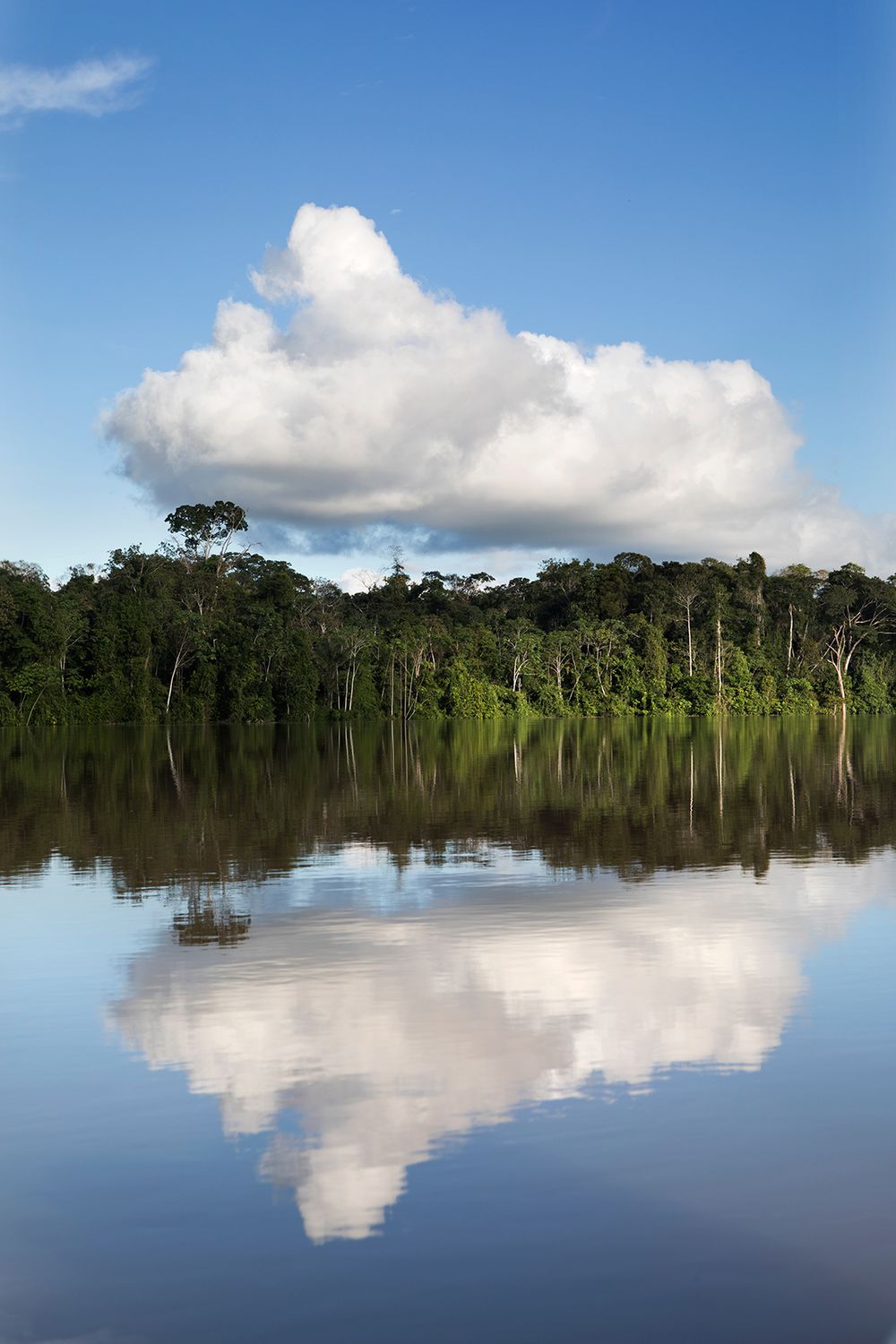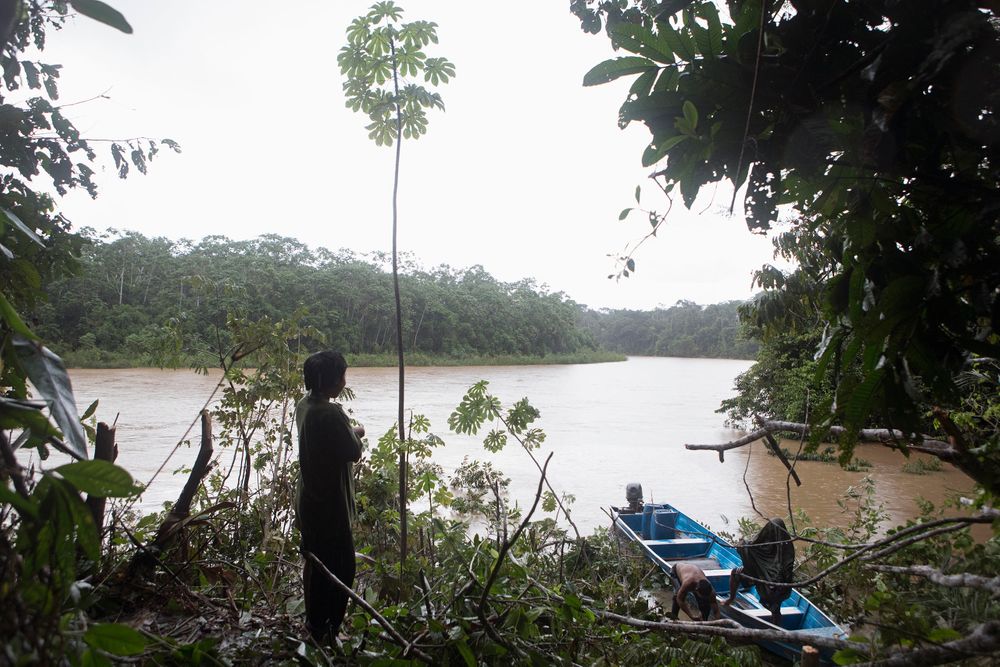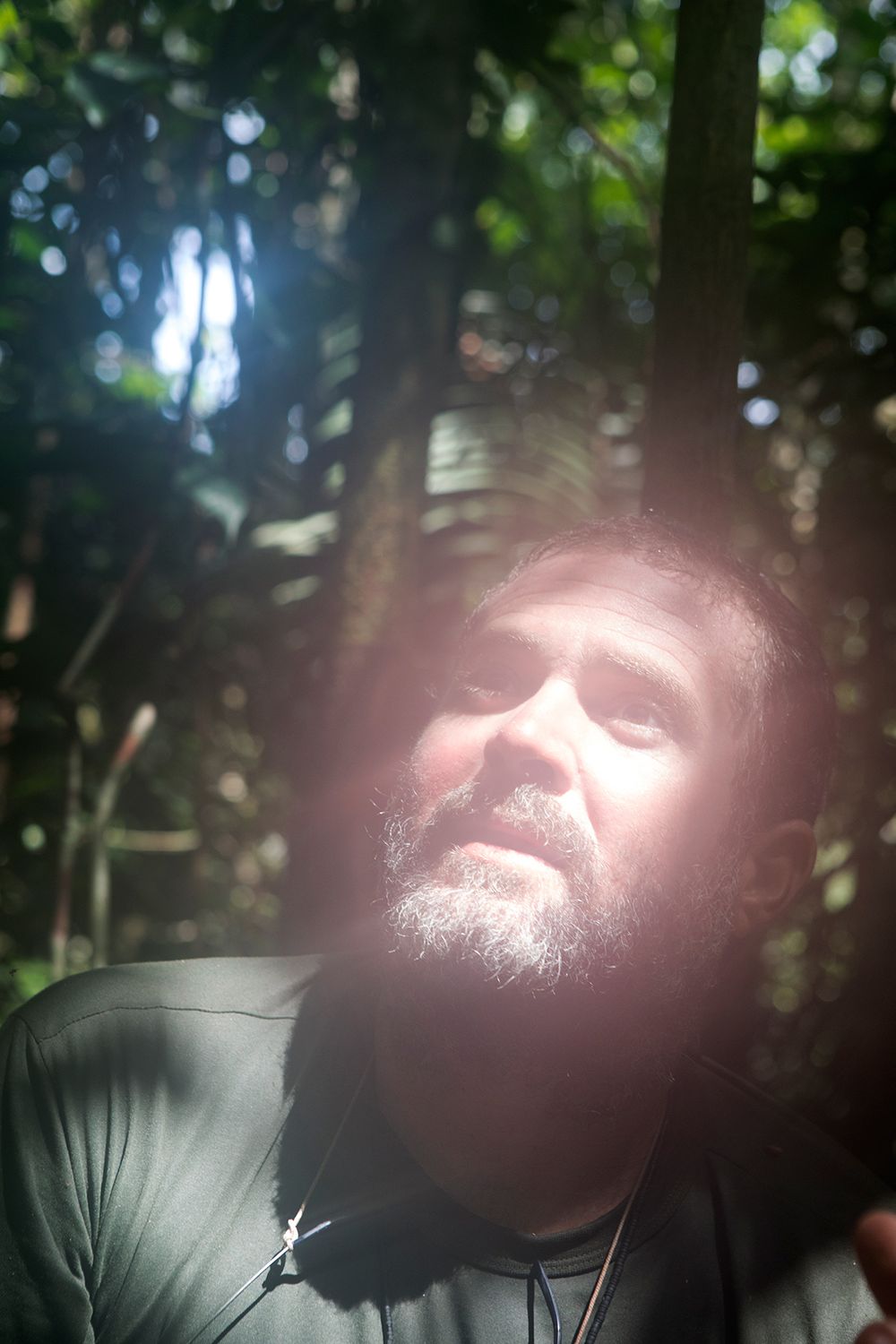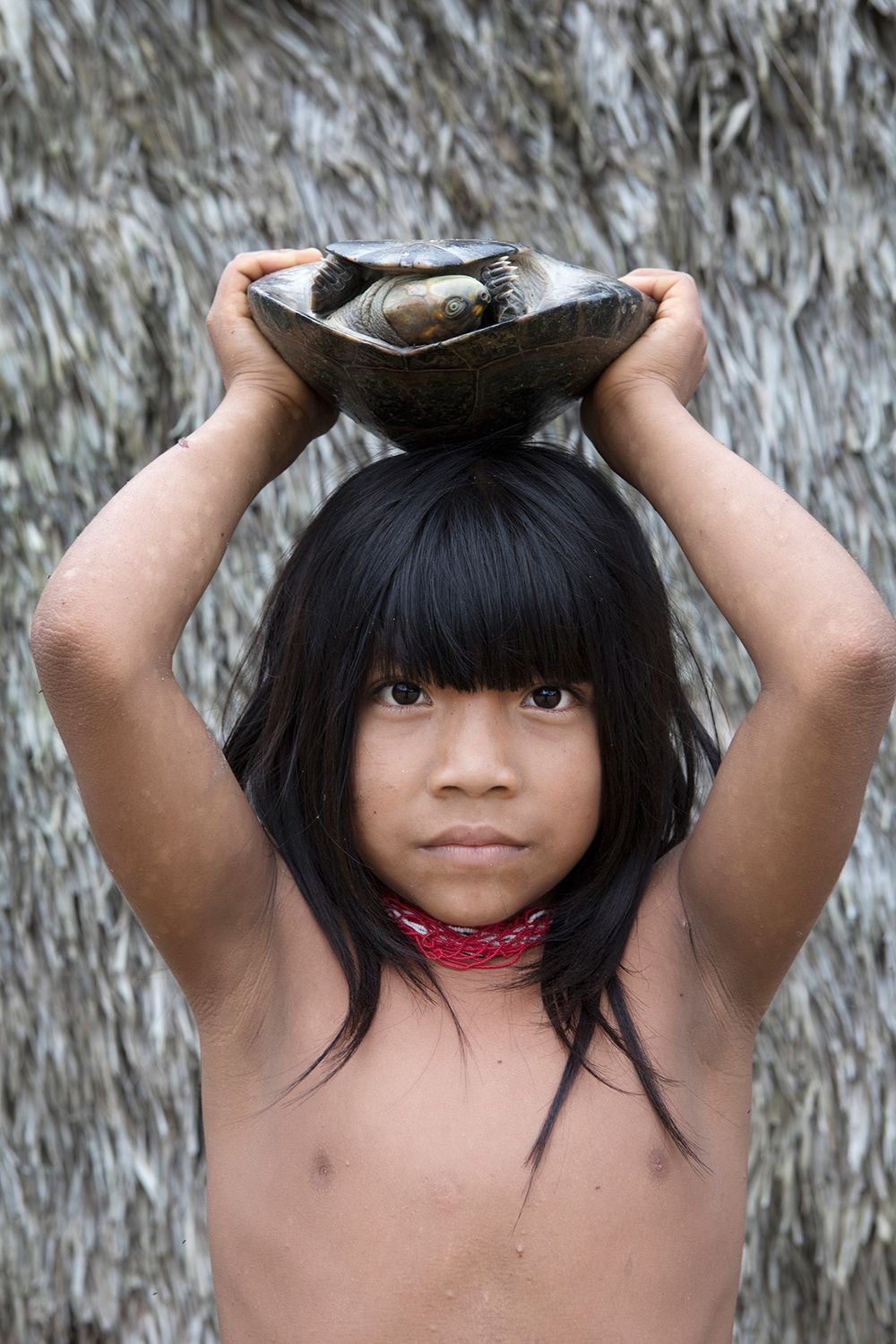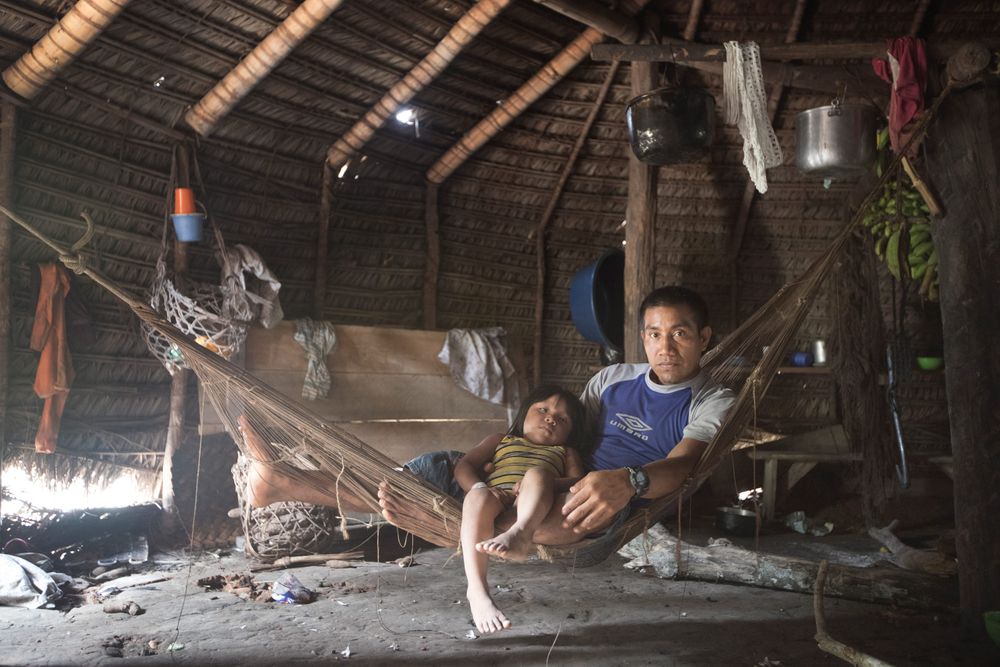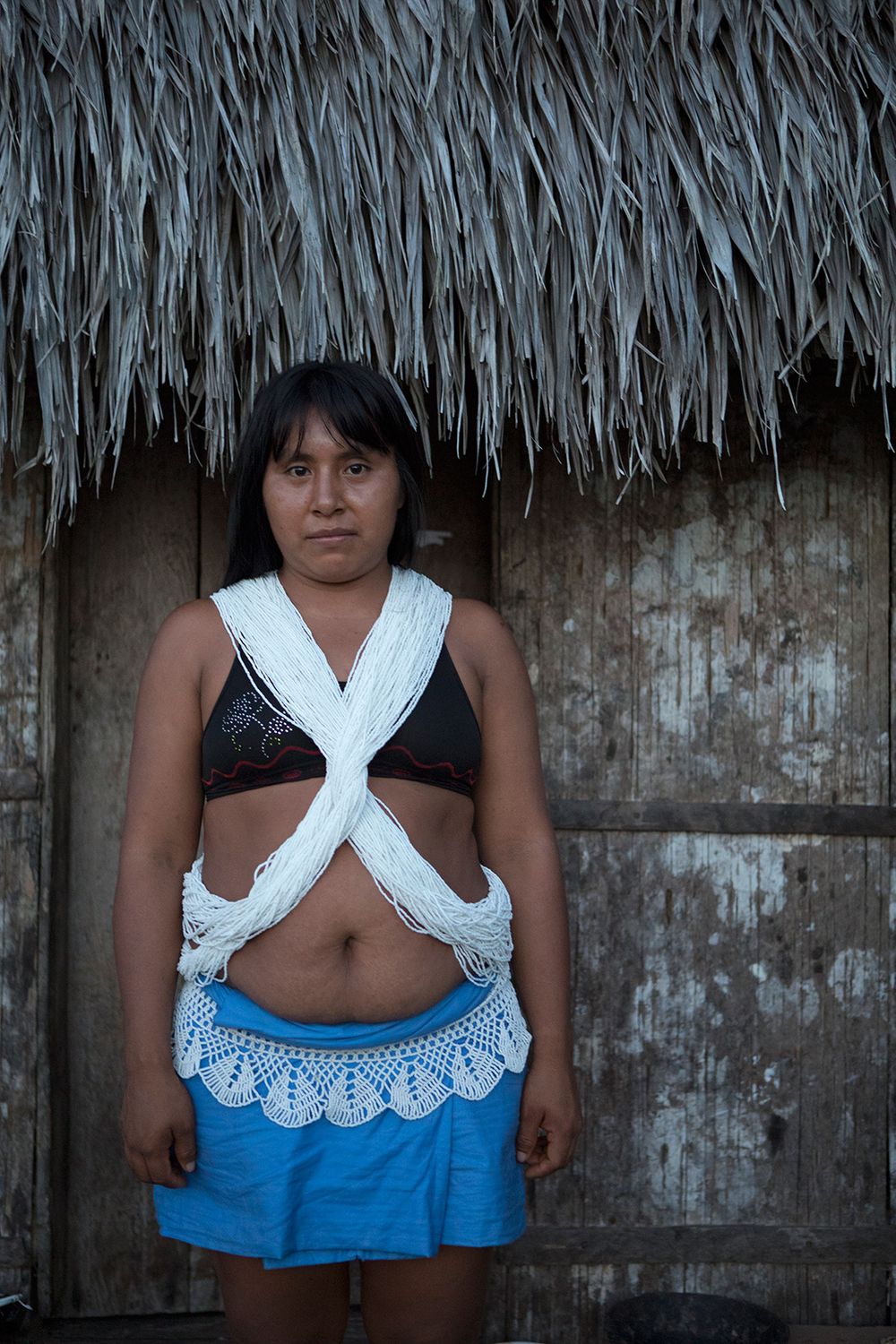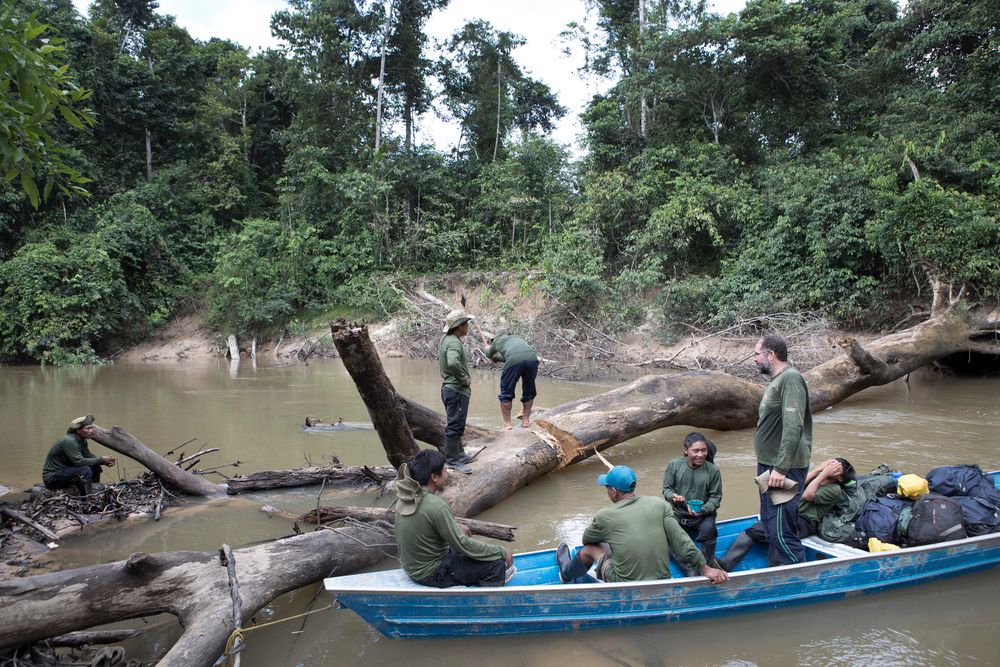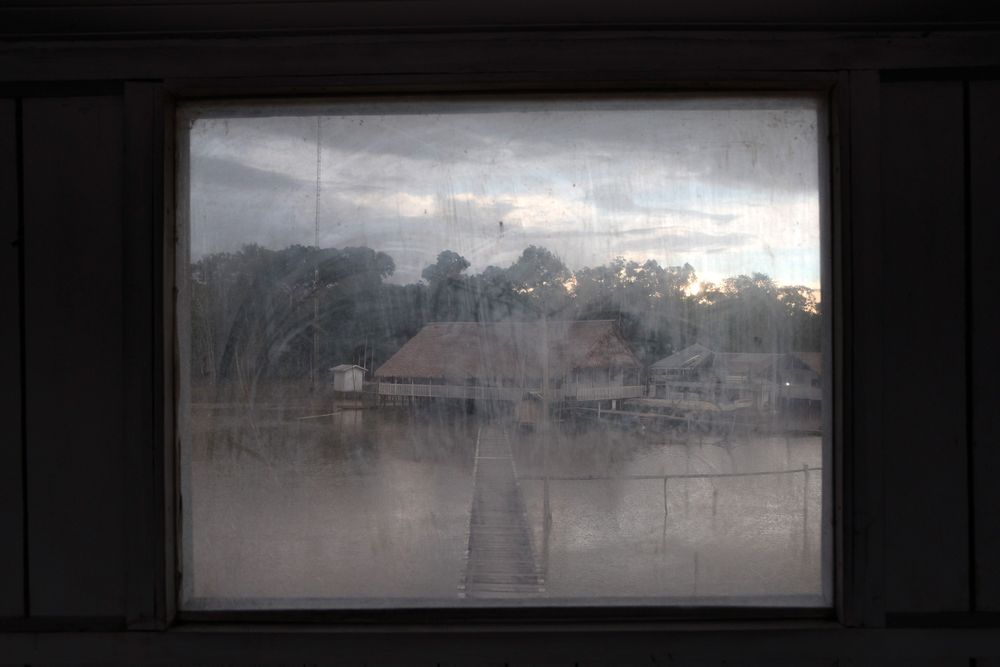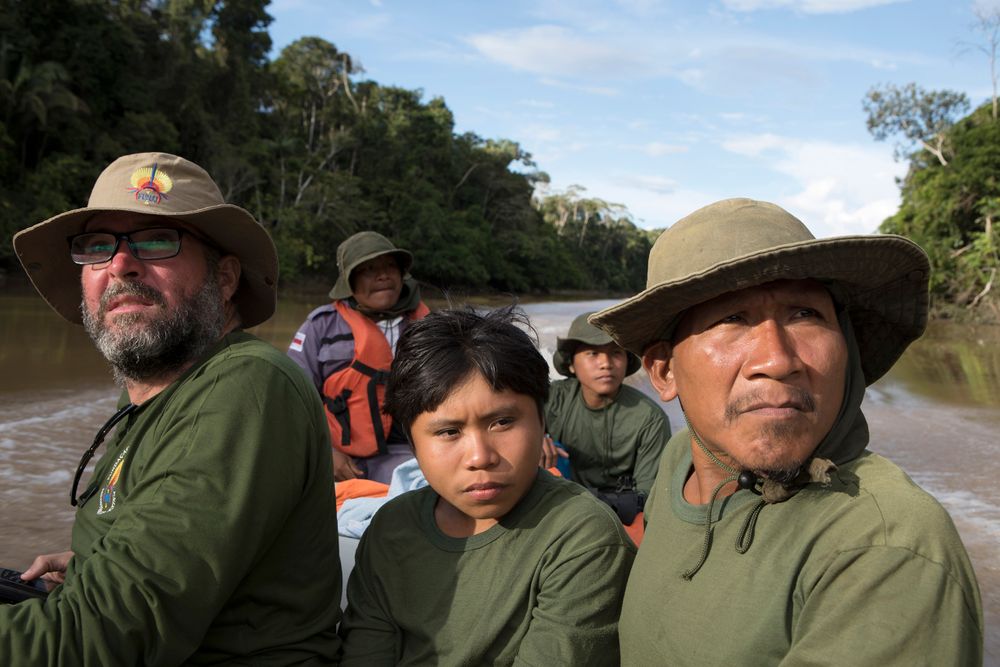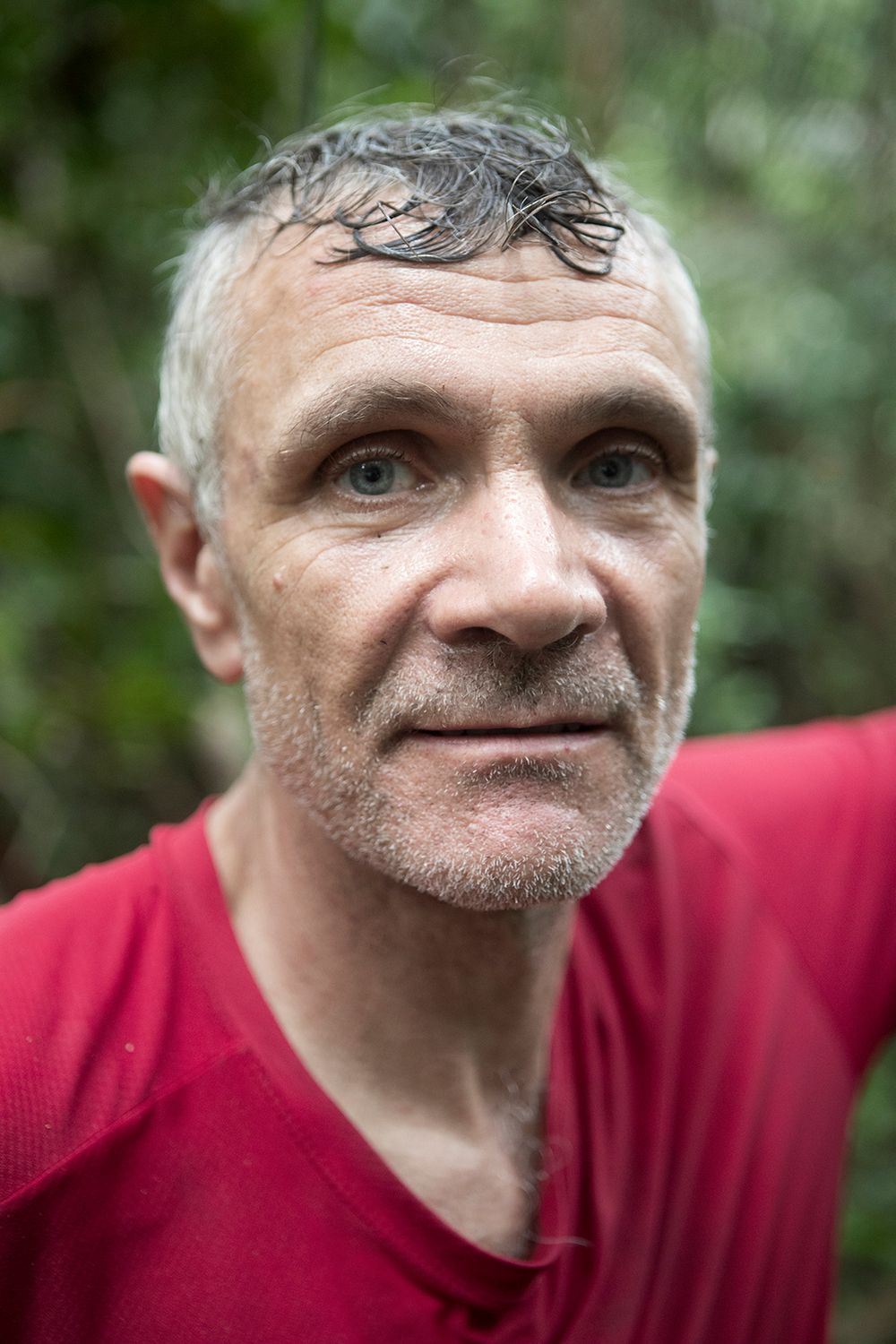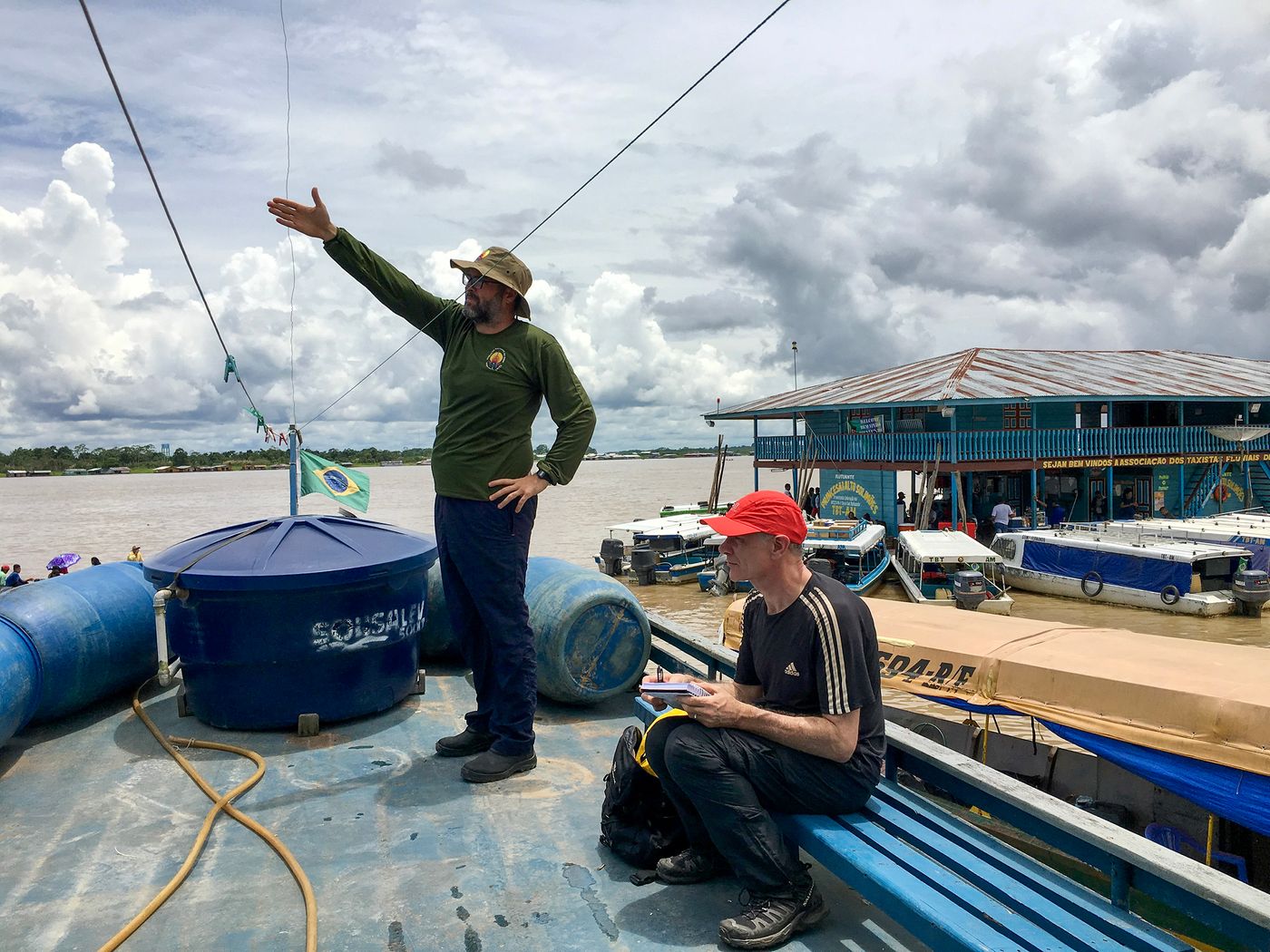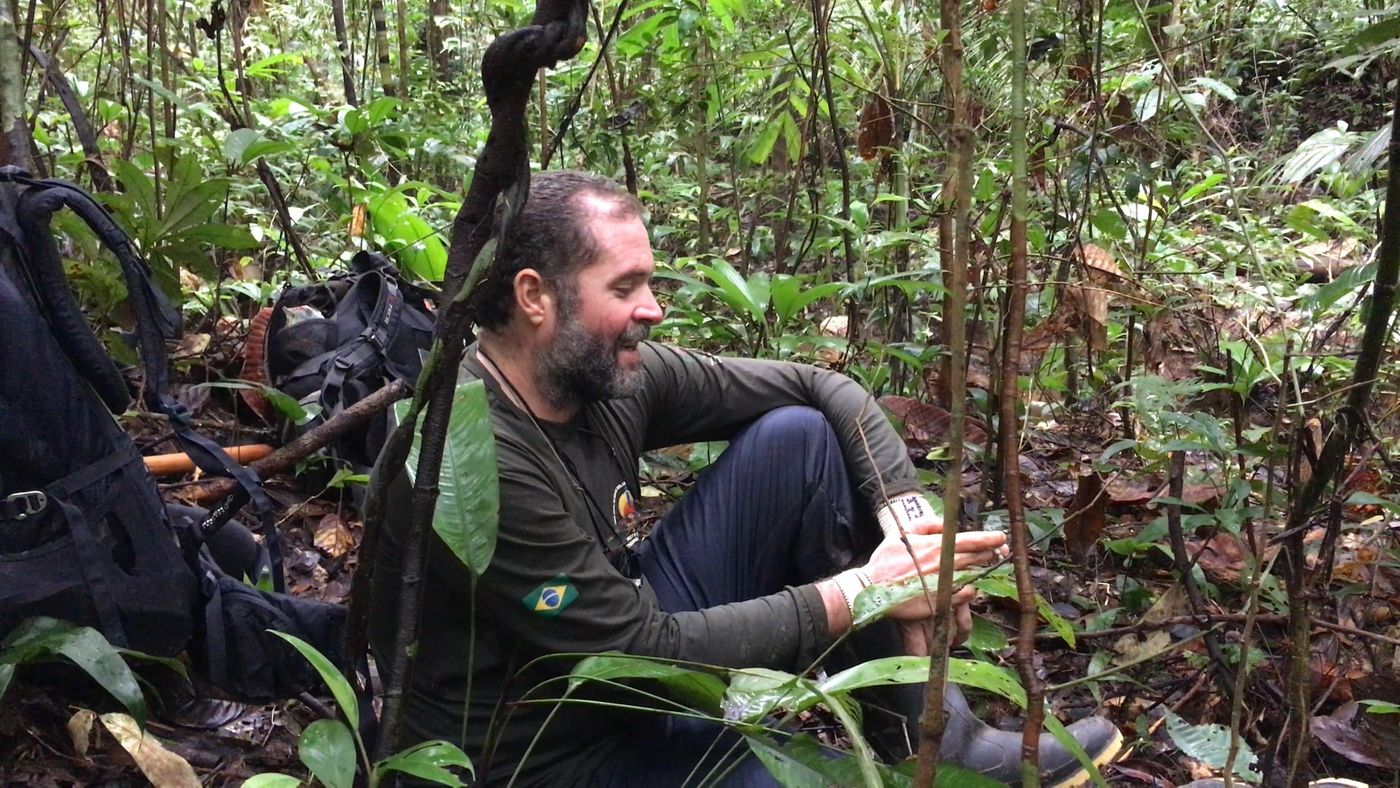Amazônia, sua linda
© Gary Calton. All rights reserved.
Bruno Pereira, in the Vale do Javari, singing a traditional Kanamari song. Pereira was leading a Funai expedition in the protected reserve tracking uncontacted tribes in the region in order to maintain the protection of their rights and land. Journalist Dom Phillips and I documented the 5 weeks expedition.
In search of Brasil's uncontacted Indigenous people
Travelling some 1100 kilometres by boat and 70k on foot through the Brasilian Amazon , FUNAI Official and expedition leader Bruno Pereira lead a team of Indigenous Marubo and Korubo people in search of Brasil's Amazonian uncontacted people within the protected reserve of Vale do Javari. The reserve was established, 1998, to protect the land from exploitation and to create a lasting homeland for its people. It is one of the largest indigenous territories in Brasil and is home to some 6000 indigenous people, who share the land with 16 known isolated groups. There has been a history of mistrust, fear, and aggression between the uncontacted and indigenous tribes, but also one between the tribes themselves. A raid on a Marubo Village one month prior, to our expedition, by two isolated men had created apprehension about their movements and intentions. FUNAI's aim was not to make forced contact but to to document their movements, possible shelters and to create a lasting working dialogue with the indigenous peoples within the reserve. For the first time Bruno Pereira created an expedition team of mixed tribal origins.
The Korubo people are known locally as 'The caceteiros' or Clubbers after their fearsome fighting methodology. They have been largely credited with maintaining the reserves untouched wilderness condition by defending it from illegal invaders during the last century and most recently the actions of the illegal loggers and fishermen.
The Marubo people are known for their diplomacy; large communal Malocas and sustainable plantations leaving very little impact on the local ecosystem.
Entry to the reserve is restricted, controlled and guarded at the head of the Rio Itui by the FUNAI base.


